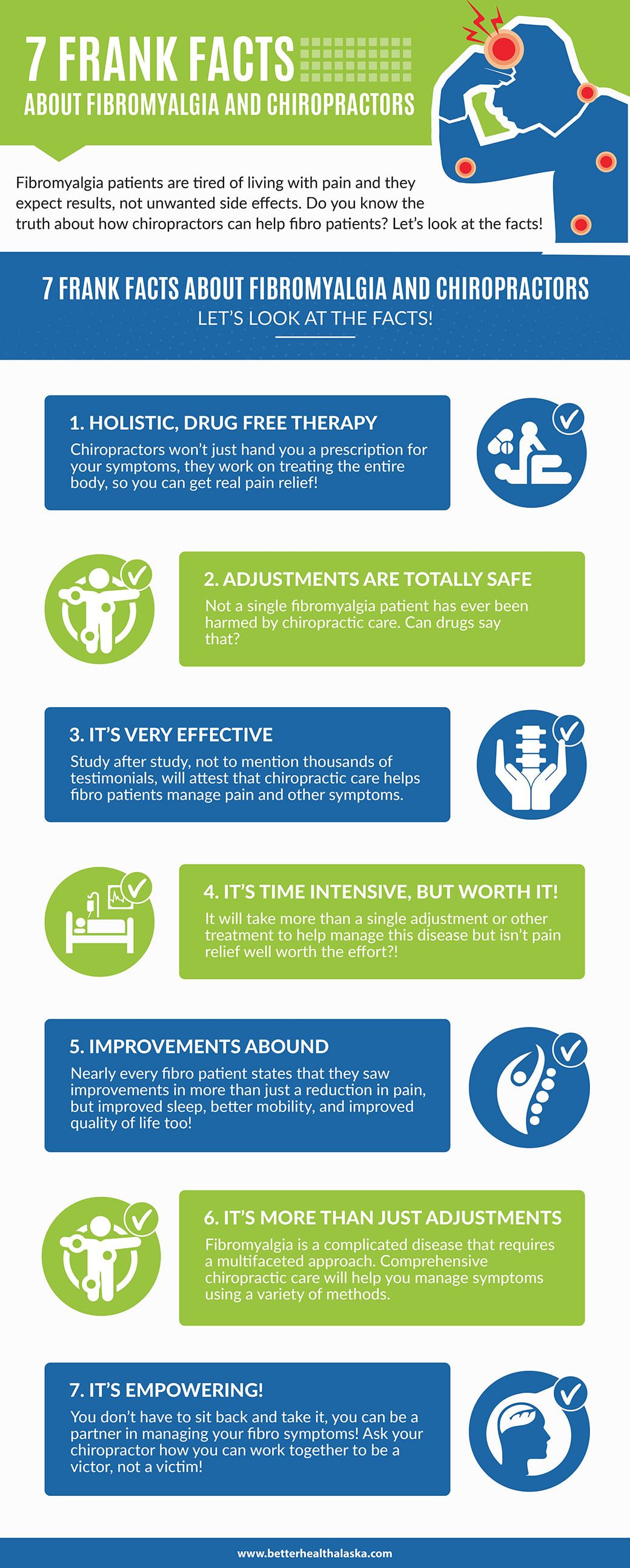Usual Daily Routines That Create Back Pain And Tips For Avoiding Them
Usual Daily Routines That Create Back Pain And Tips For Avoiding Them
Blog Article
Written By-Cates Vogel
Preserving appropriate pose and staying clear of common risks in daily activities can considerably influence your back health. From just how you sit at your desk to exactly how you lift heavy things, tiny modifications can make a huge difference. Imagine a day without the nagging pain in the back that prevents your every action; the option may be less complex than you assume. By making a few tweaks to your everyday practices, you could be on your method to a pain-free presence.
Poor Position and Sedentary Way Of Living
Poor stance and an inactive lifestyle are two significant contributors to neck and back pain. When you slouch or suspicion over while sitting or standing, you placed unneeded strain on your back muscles and spine. This can bring about muscle inequalities, stress, and ultimately, persistent pain in the back. Furthermore, sitting for long periods without breaks or physical activity can damage your back muscle mass and lead to tightness and discomfort.
To fight poor stance, make a conscious initiative to sit and stand up directly with your shoulders back and aligned with your ears. Bear in mind to keep your feet flat on the ground and prevent crossing your legs for extensive periods.
Including normal extending and enhancing exercises right into your daily routine can also help boost your pose and ease neck and back pain associated with an inactive way of life.
Incorrect Training Techniques
Incorrect lifting techniques can significantly contribute to back pain and injuries. When you raise hefty things, bear in mind to bend your knees and utilize your legs to raise, instead of depending on your back muscular tissues. Stay clear of turning your body while lifting and maintain the things near to your body to minimize strain on your back. It's crucial to maintain a straight back and prevent rounding your shoulders while raising to stop unnecessary stress on your back.
Always analyze the weight of the item before lifting it. If it's too heavy, request assistance or use devices like a dolly or cart to transport it safely.
Remember to take breaks during raising jobs to provide your back muscle mass an opportunity to relax and stop overexertion. By applying correct lifting strategies, you can avoid neck and back pain and minimize the threat of injuries, guaranteeing your back remains healthy and strong for the long-term.
Lack of Routine Workout and Stretching
A sedentary lifestyle without normal workout and extending can considerably contribute to back pain and pain. When you do not participate in physical activity, your muscles become weak and inflexible, bring about bad stance and raised pressure on your back. https://the-best-chiropractor-nea84062.blogthisbiz.com/38676720/merging-typical-physical-therapy-with-cutting-edge-methods-for-back-pain-relief-can-change-your-healing-trip strengthen the muscles that sustain your spine, improving security and minimizing the danger of pain in the back. Integrating extending into your routine can also improve adaptability, stopping stiffness and pain in your back muscle mass.
To avoid why does my lower back hurt female in the back brought on by a lack of workout and extending, go for at the very least half an hour of moderate exercise most days of the week. Consist of workouts that target your core muscles, as a strong core can help minimize stress on your back.
Furthermore, take breaks to stretch and relocate throughout the day, especially if you have a workdesk task. Straightforward stretches like touching your toes or doing shoulder rolls can assist soothe stress and protect against pain in the back. Prioritizing routine exercise and extending can go a long way in preserving a healthy back and lowering pain.
Conclusion
So, bear in mind to stay up directly, lift with your legs, and stay energetic to stop pain in the back. By making simple changes to your everyday habits, you can stay clear of the pain and restrictions that include back pain. Care for your spinal column and muscle mass by practicing excellent posture, correct training techniques, and routine exercise. Your back will certainly thank you for it!
